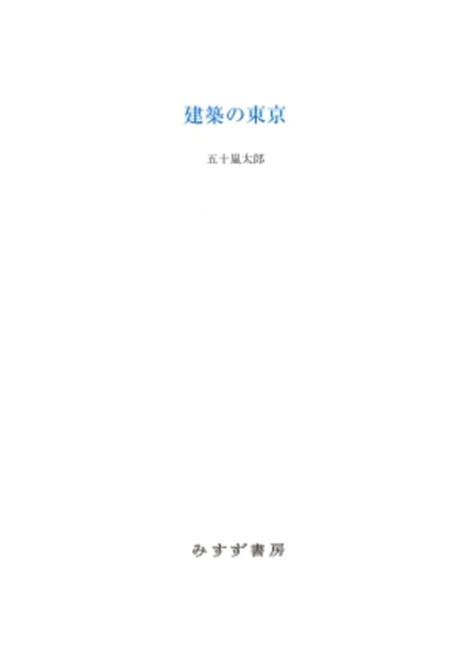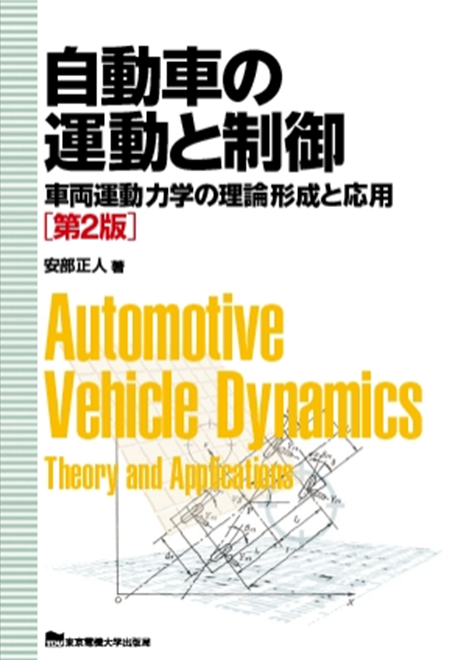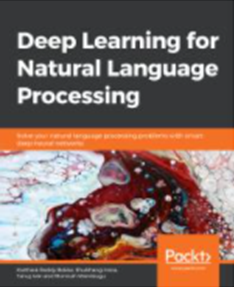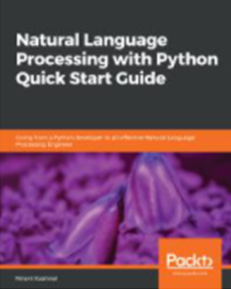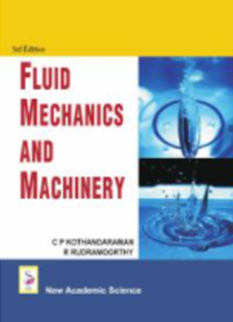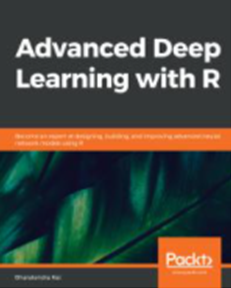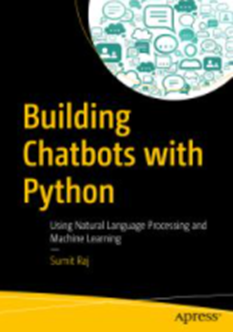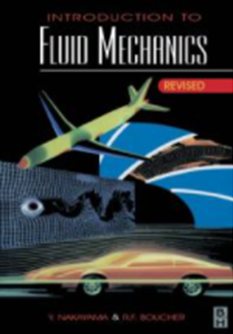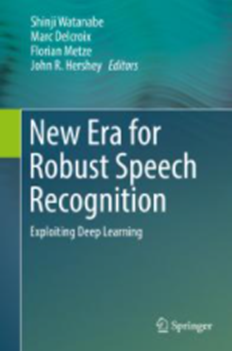Search
Opening hoursShow detail
Recommended E-books
- All
- Japanese books
- Foreign books
What’s New
- OPAC
- My Library
- Access from your house(GakuNin system)
What is GakuNin? - Guidance (Video Streaming)
- e-Journal/e-Book Portal
- Shibaura Institute of Technology Repository
- Shibaura Institute of Technology Library Collection
- Purchase Requests
(on-campus use only) - Book Garden (selecting books)
- OH!MY LIBCAFE
- Support tool for research paper writing
- List of writings of alumni, alumnae and faculty members
- Web bookshelf (new arrival)
- Web bookshelf (recommended)
- SIT Library Annual Report
- Implementation report for the library satisfaction survey (on-campus use only)
Links page
This sign means using in-campus intranet/ SRAS . Some data (Elsevier etc.) is available on GakuNin system .
※Any questions about the setting of SRAS: Center for Science Information ( Setup guide )
リンク集
 OPAC
OPAC- 本学図書館の所蔵資料検索データベースです。
 CiNii Research
CiNii Research- 国立情報学研究所(NII)が提供する、論文や図書・雑誌などの学術情報を、論文タイトルや収録雑誌名などから検索できるデータベースです。
 JDreamIII
JDreamIII- 国内最大の理工系データベース。60数カ国の学術雑誌論文を網羅。「文献速報」のオンライン版。終了は、必ず「ログアウト」をクリック。
 Google Scholar
Google Scholar- 分野や発行元を問わず、学術出版社、専門学会、プレプリント管理機関、大学、およびその他の学術団体の学術専門誌、論文、書籍、要約、記事を検索できます。
 IRDB(学術機関リポジトリデータベース)
IRDB(学術機関リポジトリデータベース)- 国立情報学研究所(NII)が提供する、日本の学術機関リポジトリに蓄積された大学や研究機関の学術情報(学術雑誌論文、学位論文、研究紀要、研究報告書、教材など)を横断的に検索できるサービスです。
 医中誌Web
医中誌Web- 国内の医学、薬学、歯学及び周辺領域(看護学、獣医学等)の論文情報を網羅したデータベース。
約4,700誌の定期刊行物から年間30万件以上の文献論文情報を収録。  Scopus
Scopus- 科学・技術・医学(STM)文献の抄録・引用・検索においても世界最大のコレクションを網羅。抄録の最も古いものは1966年まで。
 Web of Science
Web of Science- クラリベイト・アナリティクス社が提供する自然科学系の学術誌の中から、特に影響力の高い雑誌に収録されている論文について、論文情報、引用情報が検索できるデータベースです。
※同時にアクセスできる人数に制限があるため、ご利用ができない場合がありますので、ご了承ください。また、終了する際は必ず「Lo>※JCR(inCites Journal Citation Reports)が利用できるようになりました。JCRとは 論文の引用データベースを使って、学術雑誌の影響度を評価・比較するツールです。
※Web of Scienceの一番上のタブJournal Citation Reportsをクリックし、ご利用ください。  CAS SciFinder(ログイン/新規登録)
CAS SciFinder(ログイン/新規登録)- 化学情報協会が提供する、化学、物理、生物分野を中心に、3000万件を越える雑誌論文、特許情報の他、化学物質情報や化学反応情報などが検索できるデータベースです。
キーワード検索だけでなく、化学構造式や化学式の一部からも検索ができます。
ご利用にはアカウント登録が必要です。
アカウント登録は左の「新規登録」から行ってください。  MathSciNet
MathSciNet- アメリカ数学会(American Mathematical Society)が提供する。1940年以降の世界の数学関係文献を包括するデータベース。
 LE CORBUSIER PLANS (ログイン/ユーザー登録)
LE CORBUSIER PLANS (ログイン/ユーザー登録)
ご使用にあたって
- Echelle-1が提供する建築家ル・コルビュジエが建築に関わった作品のスケッチ、設計図面など、35,000点を超える資料を収録したデータベースです。
プロジェクト名からの検索だけでなく、キーワードからの検索もできます。
ご利用にはユーザー登録が必要となります。  朝日新聞クロスサーチ
朝日新聞クロスサーチ- 朝日新聞記事データベース「聞蔵」のバージョンアップ版。1945年以降から当日の朝刊記事までの記事が検索可能。1945年~1984年は戦後紙面イメージで,1984年~当日分はテキスト+切り抜きイメージを表示。沖縄を除く各都道府県の県庁所在地を含んだ地方版,および朝日新聞社のニュース週刊誌「AERA(1988/5以降)」,「週刊朝日(2000/4以降)」,「知恵蔵最新版」も収録。検索終了後は必ず『ログアウト』をクリック。
 日経ValueSearch
日経ValueSearch- 日本経済新聞をはじめとした、日経各紙に掲載された記事や、速報ニュースが検索可能。
また、企業・業界分析に必要な情報もシ収集できる就職活動にも有用なデータベース。検索終了後は必ず「ログアウト」をクリック。  ヨミダス
ヨミダス- 読売新聞本紙・地方紙・英字新聞「THE DAILY YOMIURI」の記事検索が可能。検索終了後は必ず「ログアウト」をクリック。
 東洋経済デジタルコンテンツ・ライブラリー
東洋経済デジタルコンテンツ・ライブラリー- 東洋経済の発行する雑誌13誌「週刊東洋経済」「業界地図」「金融ビジネス」「一橋ビジネスレビュー」「ThinK!」「オール投資」「統計月報」の他、企業研究のバイブル「会社四季報」、独自で企業調査を行った「就職四季報」など25誌が閲覧可能。
学術研究用のレポート・論文作成や、就職活動に役立つ情報を収録しており、最新の経済事情や企業情報をフリーワードで検索できます。  eol(企業情報データベース)
eol(企業情報データベース)- 有価証券報告書や決算短信・取引所開示書類をはじめとした膨大な企業情報を、さまざまな角度から配信するデータベースサービス。企業属性情報、マーケット情報、財務情報、原文データの4つのコンテンツとそれを取り出す各種検索、比較・分析、ダウンロードの3つの機能から構成。就職活動に役立つ情報を掲載。
 Japan Knowledge
Japan Knowledge- 多数の百科事典を一度に検索できます。「言葉」から現在出版されている図書も検索可能。検索終了後は、必ず「ログアウト」をクリック。
 日経BP記事検索サービス
日経BP記事検索サービス- 日経BP社が発行する雑誌50タイトル以上のバックナンバー記事をオンライン上でダウンロード可能。※契約閲覧本数の上限を超えると利用できなくなります。必要な記事のみ閲覧をお願いいたします。なお、異常な本数の閲覧は管理されております。
 J-STAGE
J-STAGE- 自然科学系の国内学会誌の検索・閲覧
 LibrariE
LibrariE- 幅広い分野を収録した電子図書館サービスです。スマートフォン・タブレット・自宅のパソコンから閲覧・貸出ができます。
ログイン方法等についてはこちら(※学内限定)をご覧ください。  丸善eBook Library
丸善eBook Library- 丸善が提供する、学術情報に特化した電子ブックを提供するサービスです。
本学でも貸出が多い「建築設計資料」シリーズを始め、理工学の専門書を中心に約700冊の図書を読むことができます。
読むことができるタイトルはこちら  EBSCOhost eBook Collection
EBSCOhost eBook Collection- 本学で契約している電子ブックコレクションです。約4000冊を読むことができます。
 ProQuest Ebook Central
ProQuest Ebook Central- ProQuest社が提供する幅広い分野を収録した電子ブックコレクション。
図書館イベント「電子ブック選書会」で選ばれた電子ブックを読むことができます。「電子ブック選書会」についてはこちら  Science Direct
Science Direct- Elsevier社が提供する世界最大のフルテキストデータベースです。
Freedom Collectionでは、Elsevier社が発行する約2,000誌の科学・技術・医学・社会科学分野の雑誌について、概ね1995年以降の学術論文を読むことができます。  Wiley Online eBooks
Wiley Online eBooks- Wiley-Blackwell社が発行する雑誌のうち、19タイトルの雑誌について、1997年以降の記事が検索できます。
“Advanced Materials“、”Angewandte Chemie International Edition“、”Earthquake Engineering & Structural Dynamics“は、創刊号から読むことができます。 はFullTextを読むことができます。
はFullTextを読むことができます。  Nature
Nature- 「Nature」のオンライン版。1997年から全文閲覧可能。
 IEEE Xplore(IEEE(アイトリプルイー)IET(英国工学技術学会))
IEEE Xplore(IEEE(アイトリプルイー)IET(英国工学技術学会))- IEEE(アイトリプルイー)とIET(英国工学技術学会)の刊行物の大部分を収録。世界中の電気・電子・コンピュータ系を網羅。収録年は、1988年~。注意事項:ロボットアタックなどのプログラムを構築して大量のコンテンツを一度にダウンロードする事は厳禁。
 Springer Link
Springer Link- Springer社が発行する約1600タイトルの雑誌について、記事が検索できます。
検索結果の左上にある「Include preview-only content」のチェックを外すと、本文を読むことができる記事のみ検索ができます。

























